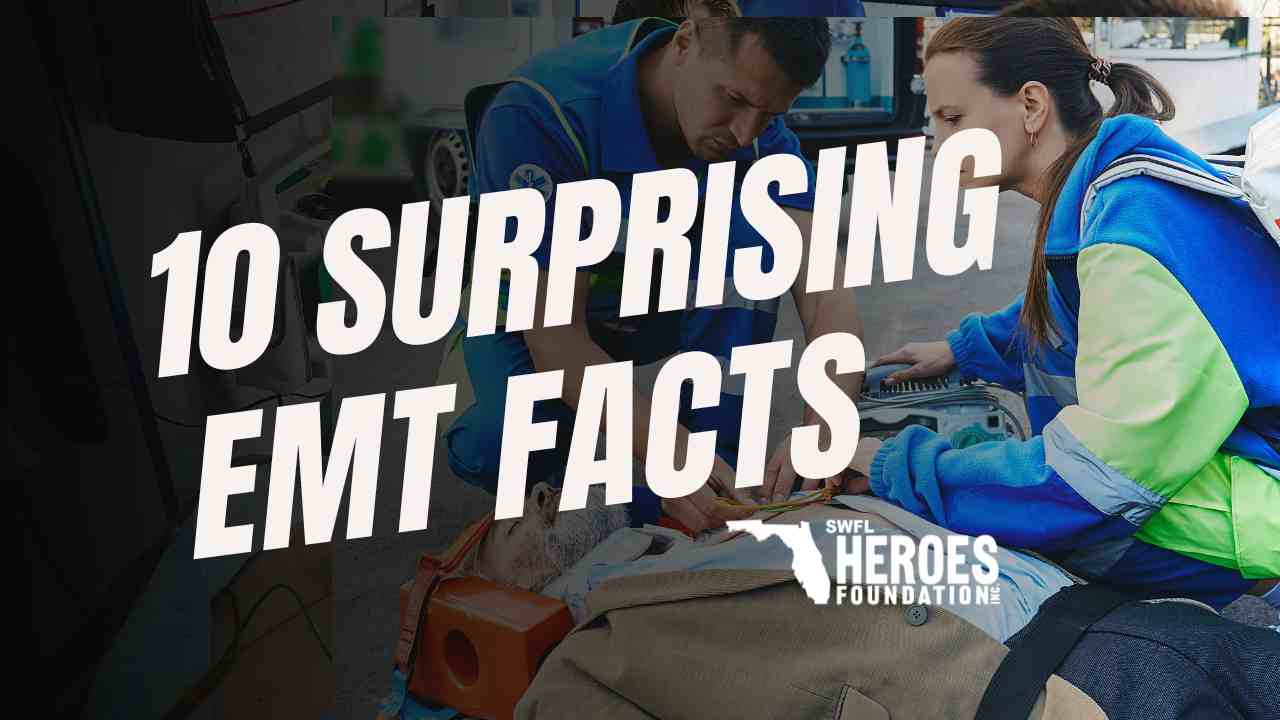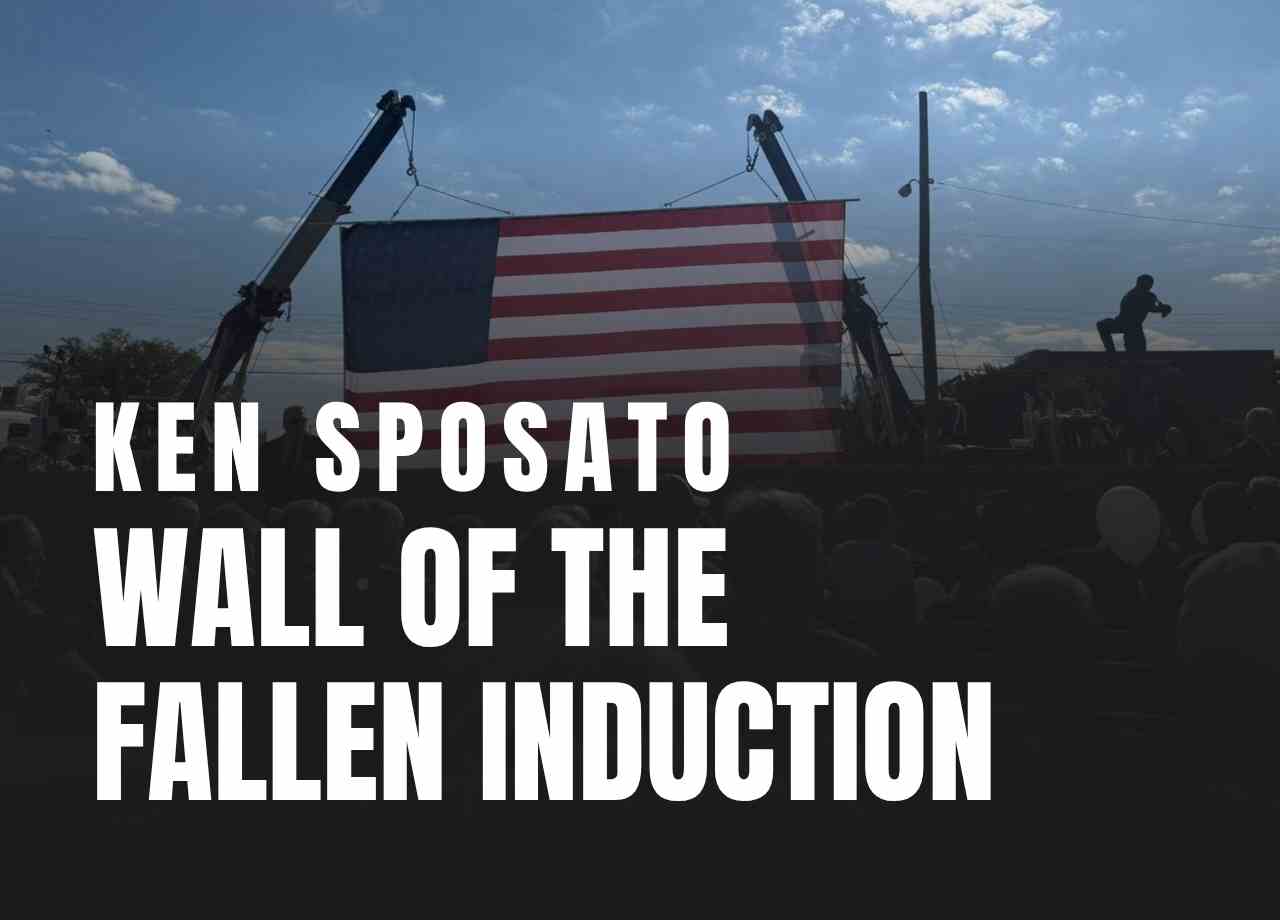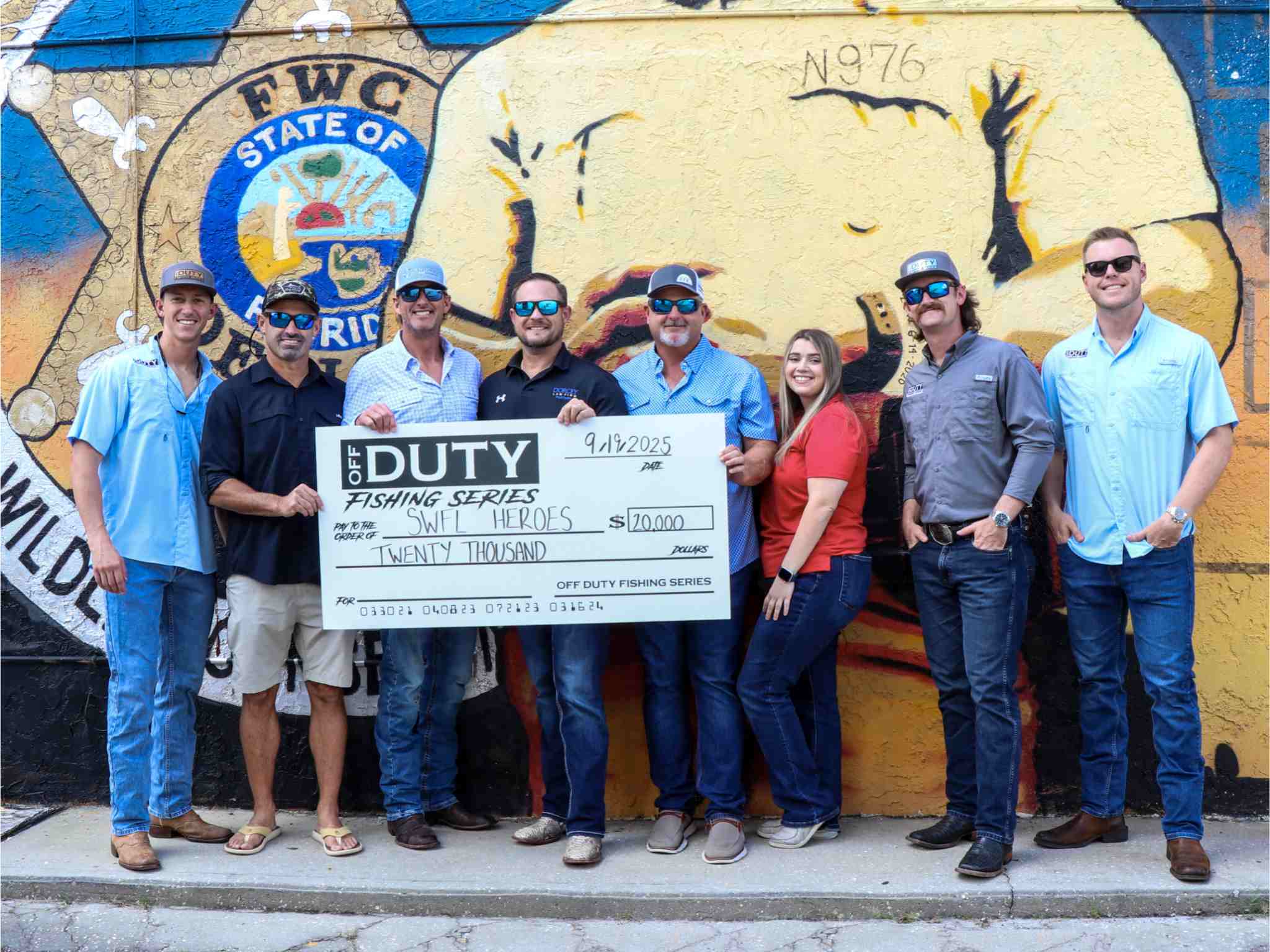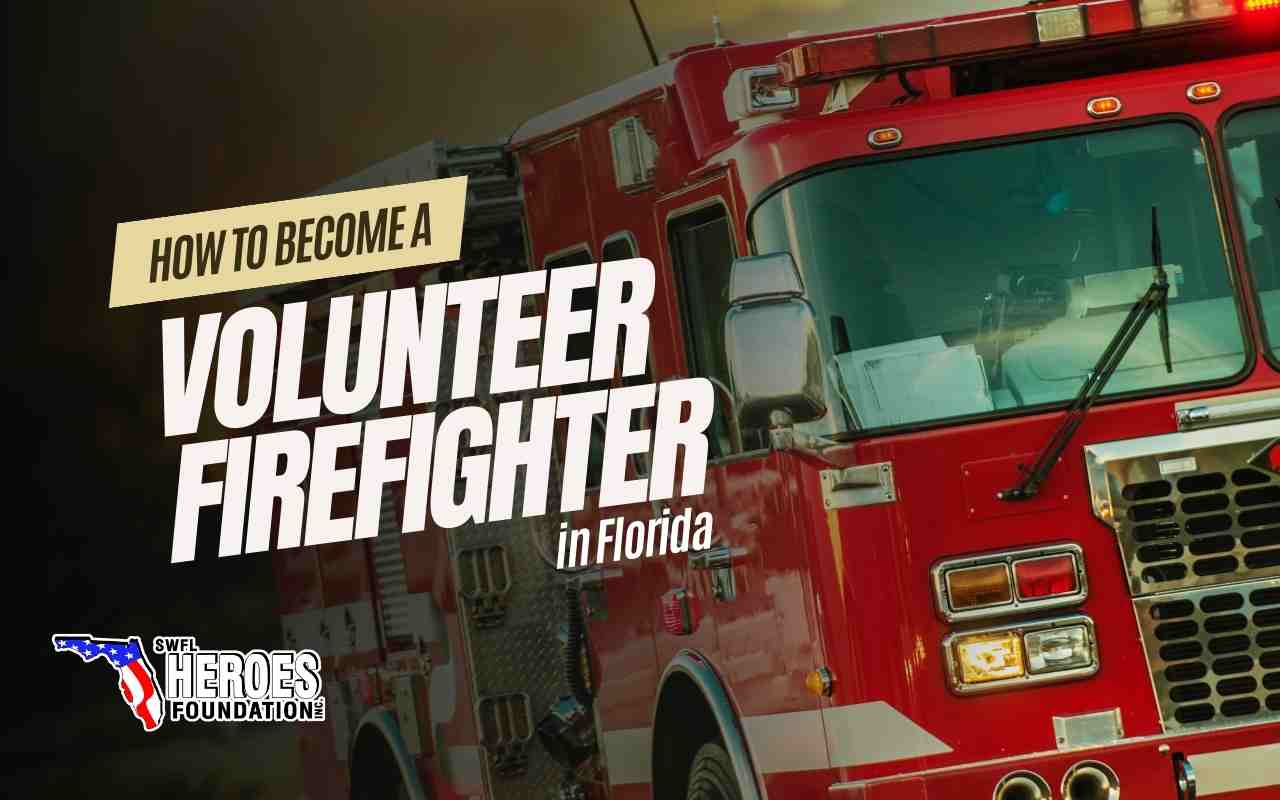Understanding Police 10 Codes: History, Variations, and Why They Matter
Clear and effective communication has always been at the heart of law enforcement—just as building strong connections within our community is central to the mission of the SWFL Heroes Foundation. Police 10 codes, a system deeply ingrained in law enforcement culture, symbolize the precision and efficiency that first responders rely on every day. By supporting future first responders through scholarships and community initiatives, we ensure that the next generation has the tools and resources they need to continue this tradition of excellence.
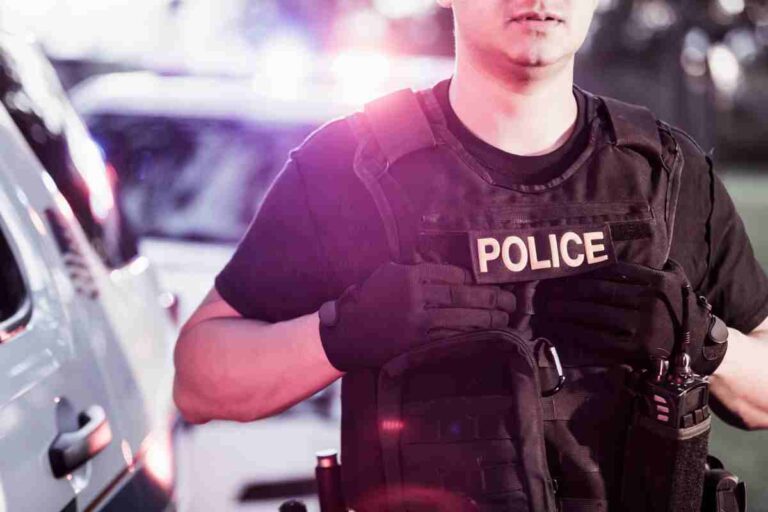
What Are Police 10 Codes?
Police 10 codes consist of short numerical codes, typically beginning with “10,” followed by another number that corresponds to a specific meaning. Here is a list of some commonly used 10 codes:
POLICE 10 CODES LIST
10-1: Unable to copy, change location
10-4: Acknowledgment or “message received”
10-7: Out of service
10-8: In service
10-9: Repeat last transmission
10-10: Negative or “no”
10-13: Weather/road conditions (varies by jurisdiction)
10-20: Location
10-22: Disregard
10-23: Stand by
10-26: Detaining subject
10-27: Driver’s license information
10-28: Vehicle registration information
10-29: Check for wanted/stolen
10-31: Crime in progress
10-32: Person with gun
10-33: Emergency traffic only
10-50: Traffic accident
10-51: Wrecker needed
10-52: Ambulance needed
10-53: Road blocked
10-76: En route
10-97: Arrived on scene
Police 10 Codes are designed to ensure clarity, especially in high-pressure situations, by reducing the risk of miscommunication.

The Origin of Police 10 Codes
The concept of police 10 codes was developed by Charles “Charlie” Hopper, a communications director for the Illinois State Police, in 1937. Hopper’s goal was to create a uniform system that could be used by officers across his department, allowing for faster and clearer communication. Over time, the system spread to other law enforcement agencies, becoming a widely adopted practice in the United States and beyond.
Why Are There Different Sets of Police 10 Codes?
Although police 10 codes were originally designed for uniformity, variations emerged over time for several reasons:
Local Adaptations: Different police departments adapted the codes to suit their specific operational needs. For instance, a code that works well in a small town may not be practical in a large metropolitan area.
State and Regional Differences: States and regions developed their own sets of codes, often adding or modifying meanings to address unique local concerns or legal requirements.
Agency-Specific Needs: Specialized law enforcement agencies, such as highway patrol or federal agencies, often customized the codes to align with their distinct operational mandates.
Lack of Centralized Authority: Unlike other standardized systems (e.g., the phonetic alphabet), there was no overarching authority to enforce a uniform set of codes across all jurisdictions.
Evolving Communication Tools: As communication technology evolved, so did the needs of law enforcement. For example, newer digital radio systems allowed for more detailed and direct communication, reducing reliance on certain codes.
Challenges with Multiple Police 10 Code Systems
The existence of multiple sets of police 10 codes can create confusion when agencies from different jurisdictions collaborate. For example, 10-13 might mean “officer needs assistance” in one jurisdiction but “weather report” in another. This lack of consistency can pose challenges during large-scale emergencies or joint operations.
Efforts Toward Standardization of Police 10 Codes
Recognizing the issues caused by inconsistent police 10 codes, some organizations have pushed for greater standardization:
The National Incident Management System (NIMS): NIMS, developed by the Federal Emergency Management Agency (FEMA), encourages the use of plain language for inter-agency communication, particularly during emergencies. This minimizes the potential for misinterpretation.
APCO Plain Language Initiative: The Association of Public-Safety Communications Officials (APCO) has advocated for replacing police 10 codes with plain language communication to ensure clarity and consistency.
While these initiatives have gained traction, many agencies continue to use police 10 codes, either out of tradition or because they find them effective for internal communication.
Why Police 10 Codes Persist
Despite the challenges, police 10 codes remain widely used for several reasons:
Efficiency: Short, concise codes save time and reduce radio traffic.
Confidentiality: Using codes can obscure sensitive information from being easily understood by unauthorized listeners.
Tradition: Many officers and agencies view police 10 codes as a part of law enforcement culture and are resistant to change.
Police 10 codes are a vital tool for law enforcement communication, offering a blend of brevity and clarity. However, their effectiveness is often hindered by the existence of multiple, inconsistent sets of codes. While efforts to standardize or replace police 10 codes with plain language have gained momentum, the codes continue to hold an enduring place in law enforcement. Understanding the history and reasons behind the variations helps highlight the balance between tradition and the evolving needs of modern communication.
Fast Facts About Police Officers and Criminal Justice
The average age of a police academy graduate is 27.
Most police officers receive over 600 hours of training before hitting the streets.
Police departments nationwide are increasingly focused on mental health, de-escalation, and community-based policing.
Many officers pursue careers after earning degrees in criminal justice, sociology, psychology, or public administration.
A career in law enforcement often begins with education. Most departments require a high school diploma or GED, though more competitive agencies look for applicants with college degrees or military experience.
Common requirements include:
U.S. citizenship
Clean background check
Physical fitness standards
Psychological evaluations
Completion of a state-approved police academy
The SWFL Heroes Foundation helps aspiring officers meet these requirements by providing criminal justice scholarships to students in Southwest Florida. These scholarships help cover costs like tuition, training, and certification programs that are often stepping stones to law enforcement careers.
Police 10 Codes - Vital Communication
Police 10 codes are a vital tool for law enforcement communication, offering a blend of brevity and clarity. However, their effectiveness is often hindered by the existence of multiple, inconsistent sets of codes. While efforts to standardize or replace police 10 codes with plain language have gained momentum, the codes continue to hold an enduring place in law enforcement. Understanding the history and reasons behind the variations helps highlight the balance between tradition and the evolving needs of modern communication.
Join the mission through your gift of any amount.
We value the next generation of leaders by providing scholarships and educational support to our future community heroes.
Let’s do this together! Your gift of any amount is appreciated.

